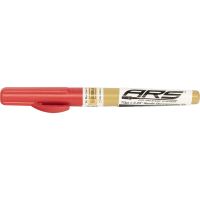Today we're taking a look at why we changed to a fenestrated needle decompression device and how the size of the needle matters. The most recent study was done out of San Antonio, Texas. They took 12 cadavers and they performed 48 different needle decompressions. They looked at 10 gauge vs. 14 gauge and then they looked at fenestrated vs. non-fenestrated catheters. They perform these needle decompressions in two different locations. Number one, second intercostal space. Number two, fifth intercostal space, anterior axillary line. If you look at both the 14 gauge and the 10 gauge, fenestrated catheters outperform non-fenestrated in both situations.
This study showed fenestrated is better than non-fenestrated, and 10 gauge fenestrated is better than 14 gauge fenestrated. This is one more piece of data that helps us get a good picture on what's the best needle decompression device.






